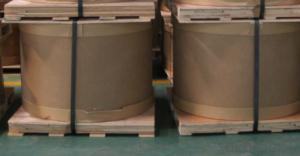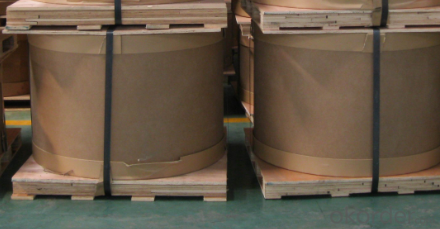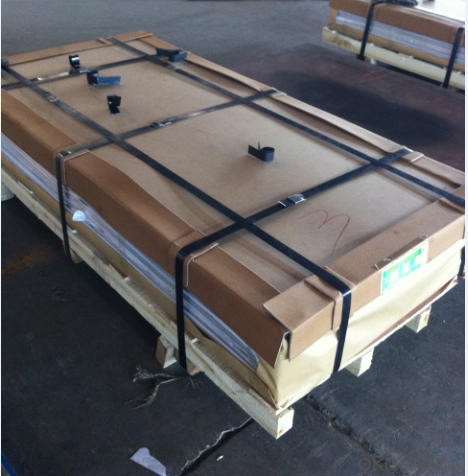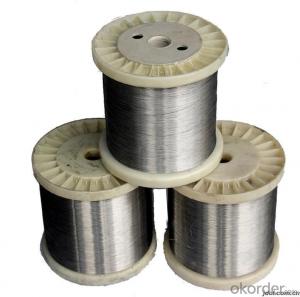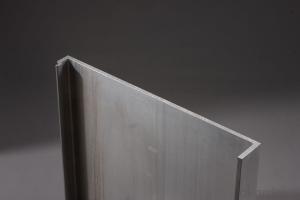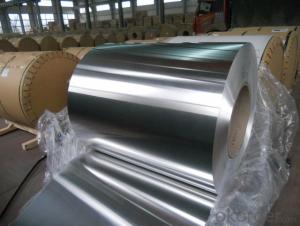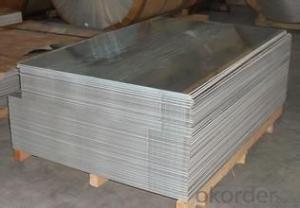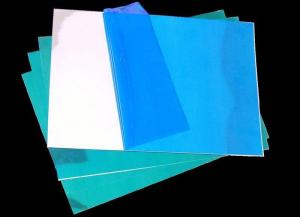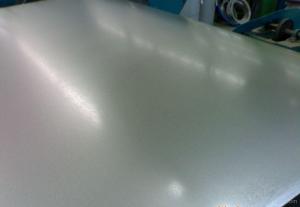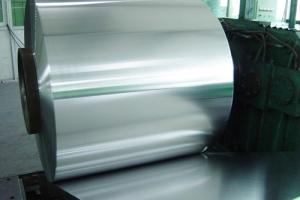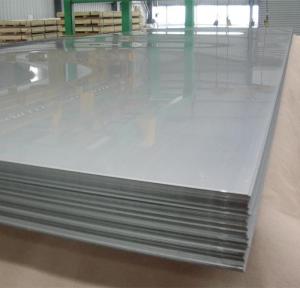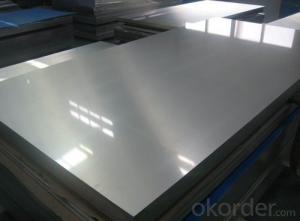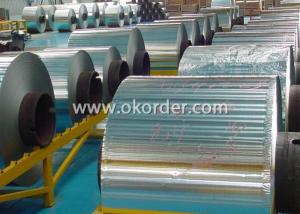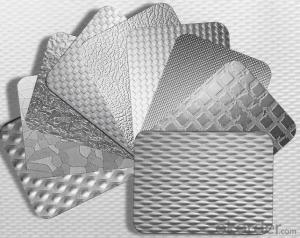1100-H24 Aluminum Metalized Pet Sheets 0.5 Mm - Aluminum Sheet and Slab
- Loading Port:
- Shanghai
- Payment Terms:
- TT OR LC
- Min Order Qty:
- 10 m.t
- Supply Capability:
- 3000 m.t/month
OKorder Service Pledge
OKorder Financial Service
You Might Also Like
1.Structure of Product Description
The detailed grade are as follows: 1010, 1050,1060,1100, 2024, 3003, 3005, 3105, 5052,5754,5083,6061,6063,8011, etc.
The temper is include H14, H22, H24, H44,H112,H114,etc.
2. Main features of the product
a.Competitive price
b.Frist-Class Service.
c. Shortest service.
3. Image.
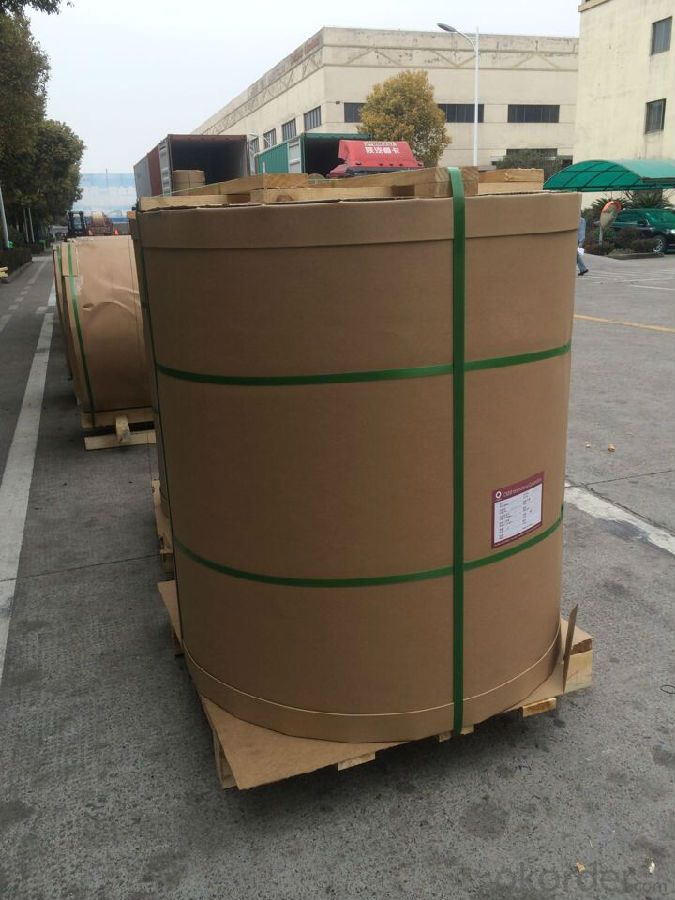
4.Product detailed sizes:
1000mm*2000mm,1500mm*3000mm, etc.
5. FAQ:
What is the quality standard?
---Usually our standard is GB3880-2006 or others.
What is the width range?
---It is from 1000mm to 2500mm, etc.
What is the length range:
---It is from 2000mm to 6000mm, etc.
- Q: What is the modulus of elasticity for aluminum sheets?
- The modulus of elasticity for aluminum sheets typically ranges between 69 GPa and 73 GPa.
- Q: i heard that aluminum causes Alzheimers and i was wondering if there is any aluminum in tin.
- Tin is an element, so there isn't anything else in tin. However, tin, the element, isn't really used for much as *just* tin. Tin foil is really a mixture of tin and aluminimum, tin cans aren't pure tin. As elements go, tin is pretty rare. As for the Alzheimers, they don't really know what the correlation is; but they have found large accumulations of metals, not only aluminum, but it doesn't show that causes it. The expression ad hoc, ergo, procter hoc means, before, therefore it caused it. What I mean here is that just because they have found accumulations of aluminum in the brains of Alzheimer's, it doesn't mean it caused it any more than the fact that I did laundry this morning, caused me to spill my coffee on my husband. (both true). Just becasue they happened in that order doesn't mean A caused B. It could mean that whatever causes alzheimers could also mean that the brains of people suspectible to it have a greater ability to accumulate metals crossing the blood-brain barrier. We just don't know enough. I get porcelian caps on my teeth because they thought silver amalgam fillings was causing dementia. Hope I helped~
- Q: My understanding of the periodic table, the transitional metals all rust because the S shells are higher energy then the D shells. So all transitional metals have 2 valence electrons. (Roughly...some electrons like to move around and give different apparent charges.) So why does aluminum corrode if it doesn't have a 2+ charge?
- 'Rusting' commonly refers to the corrosion (oxidation) of iron so when talking about other metals, it is better to use the term 'corrosion' or 'oxidation'. Aluminum can corrode and the fact that it has a general oxidation number of +3 doesn't really matter. Many elements which have a charge that is different from +2 can oxidize. Alkali metals for instance (which have a charge of +1) can oxidize. Lithium can form lithium oxide (Li2O), sodium can form sodium oxide (Na2O) and so on. However, aluminum is known to be quite resistant to corrosion (oxidation) because it spontaneously forms a thin (solid) oxide layer at it's surface protecting it from further oxidation whereas iron, for an example, will easily lose that thin layer (it ''peels off easily'') exposing more iron to corrosion. So since Al has a +3 charge and O has a -2 charge, you'll need 2 atoms of Al and 3 atoms of O to make an electrically neutral compound. 2 atoms of Al = +6 charge 3 atoms of O = -6 charge Hence Al2O3 which is aluminum oxide. I hope it helps.
- Q: What are the common sizes of aluminum sheets?
- The common sizes of aluminum sheets vary, but some of the standard sizes include 4x8 feet, 4x10 feet, and 5x10 feet. These sizes are widely available and commonly used in various industries.
- Q: What are the different methods of surface preparation for aluminum sheet?
- The different methods of surface preparation for aluminum sheet include chemical cleaning, mechanical abrasion, and etching. Chemical cleaning involves the use of a cleaning solution to remove dirt, grease, and other contaminants from the surface. Mechanical abrasion uses techniques such as sanding or wire brushing to physically remove any loose or oxidized material. Etching is a process that involves applying an acidic solution to the surface to create a rough texture, which improves the adhesion of subsequent coatings or finishes.
- Q: We just bought a house with aluminum wiring and we knew about it in the inspection report, but everyone kept telling us it's no big deal. There was so much going on and I didn't look into it myself and now I just surfed the web on it and I am filled with anxiety! Please help! Did we make a huge mistake? How common are the dangers? Also, my insurance company didn't ask me about wiring, but some sites said that they don't cover aluminum wiring. Should I ask them? I am so overwhelmed and scared. I do not want a fire for my family!
- I used to own a home with aluminium wiring in it. In the years 1972 to 1974 the Vietnam War had priority for the copper to be used in bombs, planes, tanks, etc. So for a few years the building industry had to use aluminum wire for the new home construction going on. I never had a single problem with the wiring in my 34 year old house. if your upgrading or puting in a new circuit i suggest going all the way to the service box... either way you can connect the copper to an aluminum wire but only and I stress only by using a cu-al connector. because dissimilar metal react chemically these two wires need a connector between them which will not chemically react... i know its alot but trust the science One thing to remember is that if you ever run a new service line or you do a repair,, make sure that if you use copper wire for the repair or the new install, that you apply the semi liquid compound to all of the connections, between the aluminum wire and the copper wire. You can use standard wire nuts at all connections. You can also buy wire nuts with the compound in them. When connecting aluminum and copper wiring together you must use devices marked CU AL which are designed to keep the 2 wires from touching each other. Best advice is to absolutely not use copper wiring! nti-oxidizing paste to lower the fire hazard. 3M also makes a crimp type tool and connectors that can Hope this helps
- Q: Do these frames rust? For example here is a link. But I am genuinely curious because in swimming pools, the hand rails going into the swimming pool have the same finish as this bike frame and they have white corrosion marks. Thank you in advanced
- Pool handrails are more likely to be made of fairly high grade stainless steel than aluminium, so a different chemistry. And to be picky, rust is a word usually used for steel and iron only. So, while aluminium might not rust, it can certainly corrode, under the right circumstances. People using trainers have reported issues with their sweat doing damage to their bikes for instance.
- Q: To an idiot, this may seem like a stupid question: its just aluminum. But it may not be.However seeing that I am only a high school student and don't have access to aluminum power (which is what I desire for an independent experiment) so I'd like to grind consumer grade aluminum foil down bases of Mohs scale of Hardness.My concern is that aluminum foil is Aluminum oxide which is a 9 (10 being diamond, 1 being talcum powder) and this would be horribly difficult to grind.If it is Alumina, that's only a 3.5.If it does happen to be aluminum oxide, can you think of a way to remove the Oxygen. Would nitric acid work.
- It is not aluminum oxide. It's pretty much pure aluminum, though it may be coated with a very thin layer of wax or plastic. As for the independent experiment, be careful and wear goggles and other protective clothing. I was in high school once too, and can tell you from experience that thermite burns very, very hot and is quite good at melting or combusting a wide variety of materials. It also requires a fairly hot ignition source, and magnesium strips are often used for that purpose as a kind of fuse. If you don't have access to that, figure something else out, but do *not* attempt to light thermite directly with a blowtorch. You want to be much farther away by the time it lights, and it would be a bad idea to lay the torch there and back away because that places the torch's potentially explosive fuel supply much too close to the reaction.
- Q: Can the aluminum sheets be used in food or beverage processing industries?
- Yes, aluminum sheets can be used in food or beverage processing industries. Aluminum is a non-toxic material, and it is widely used in the food and beverage industry due to its excellent properties. Aluminum sheets are resistant to corrosion, lightweight, and have good thermal conductivity. These properties make them ideal for various applications in food and beverage processing industries, such as food packaging, cooking utensils, storage containers, and beverage cans. Additionally, aluminum is a sustainable material as it can be recycled, which further enhances its suitability for use in these industries.
- Q: How do aluminum sheets compare to steel sheets in terms of strength?
- Aluminum sheets and steel sheets differ in terms of strength. Steel is generally stronger than aluminum, as it has a higher tensile strength, meaning it can withstand greater forces without breaking or deforming. Steel sheets are commonly used in applications that require high strength and durability, such as construction, automotive manufacturing, and aerospace. On the other hand, aluminum sheets offer a good balance between strength and weight. While aluminum is not as strong as steel, it is significantly lighter, which makes it advantageous in certain applications where weight reduction is a priority, such as the manufacturing of aircraft and vehicles. Additionally, aluminum sheets have excellent corrosion resistance, making them suitable for outdoor or marine environments. Ultimately, the choice between aluminum and steel sheets depends on the specific requirements of the application, considering factors like strength, weight, durability, and corrosion resistance.
Send your message to us
1100-H24 Aluminum Metalized Pet Sheets 0.5 Mm - Aluminum Sheet and Slab
- Loading Port:
- Shanghai
- Payment Terms:
- TT OR LC
- Min Order Qty:
- 10 m.t
- Supply Capability:
- 3000 m.t/month
OKorder Service Pledge
OKorder Financial Service
Similar products
Hot products
Hot Searches
Related keywords
